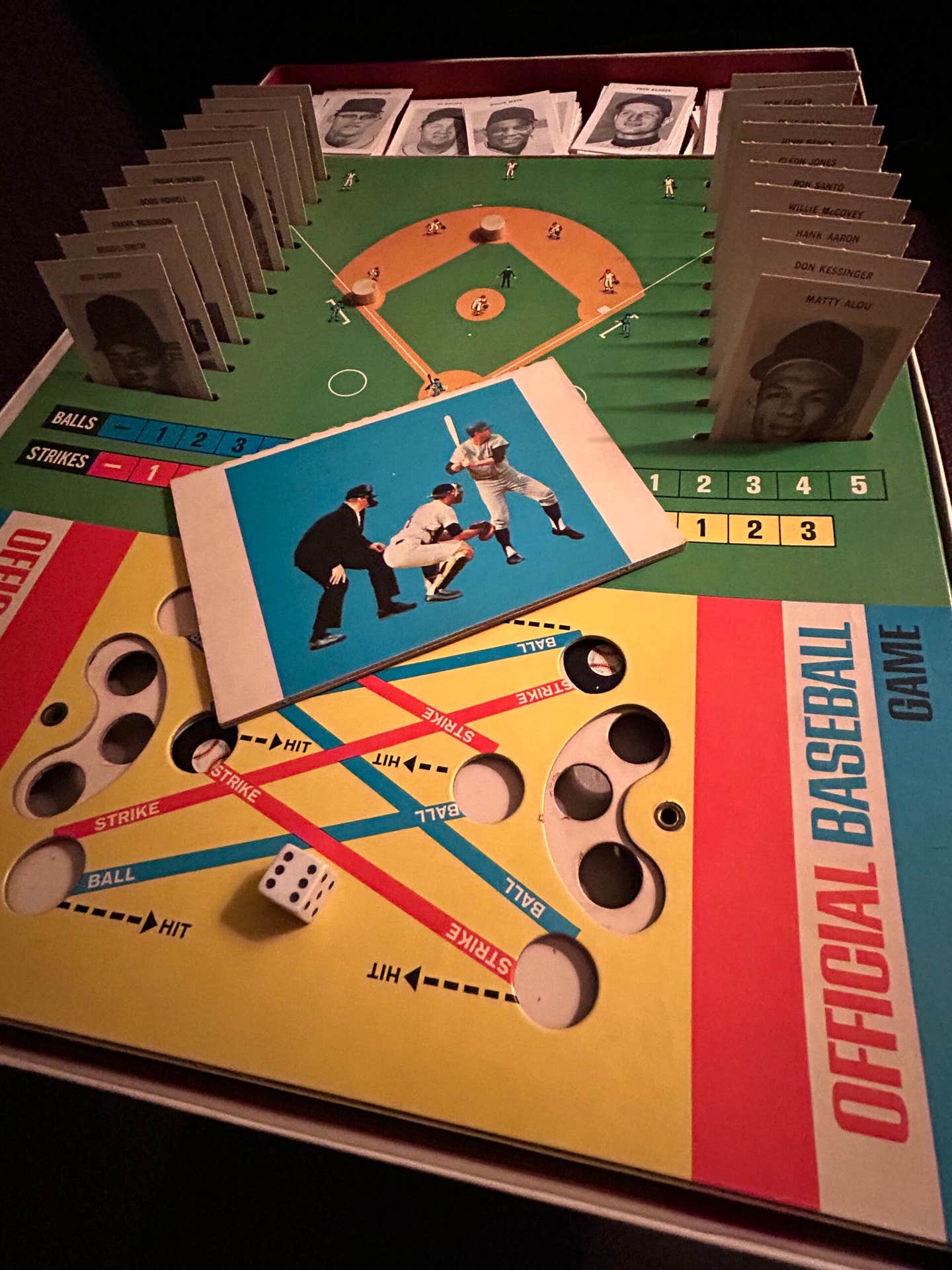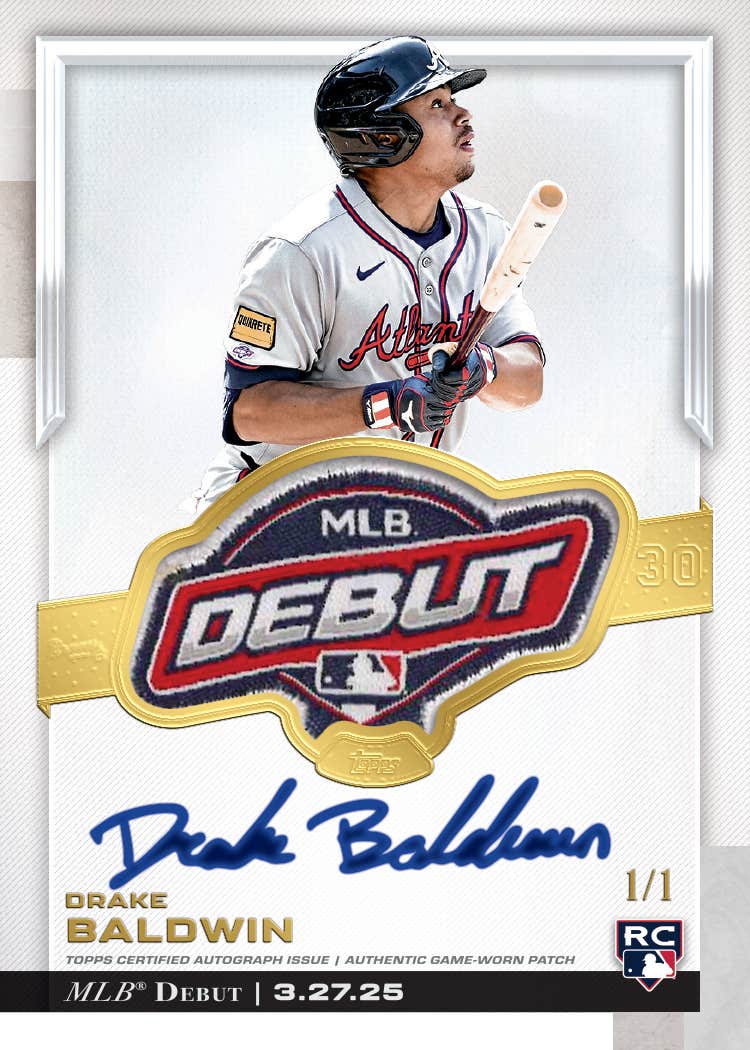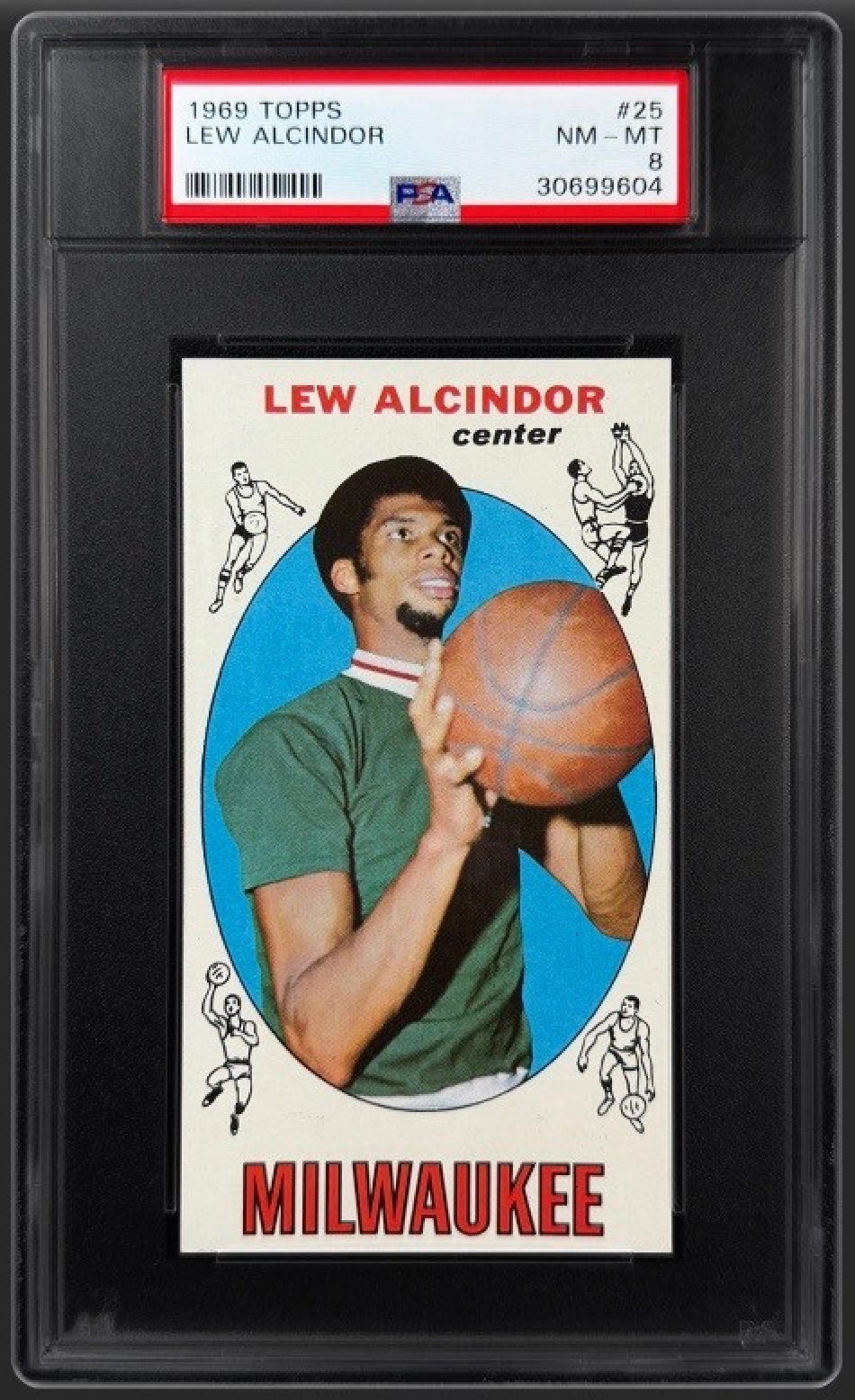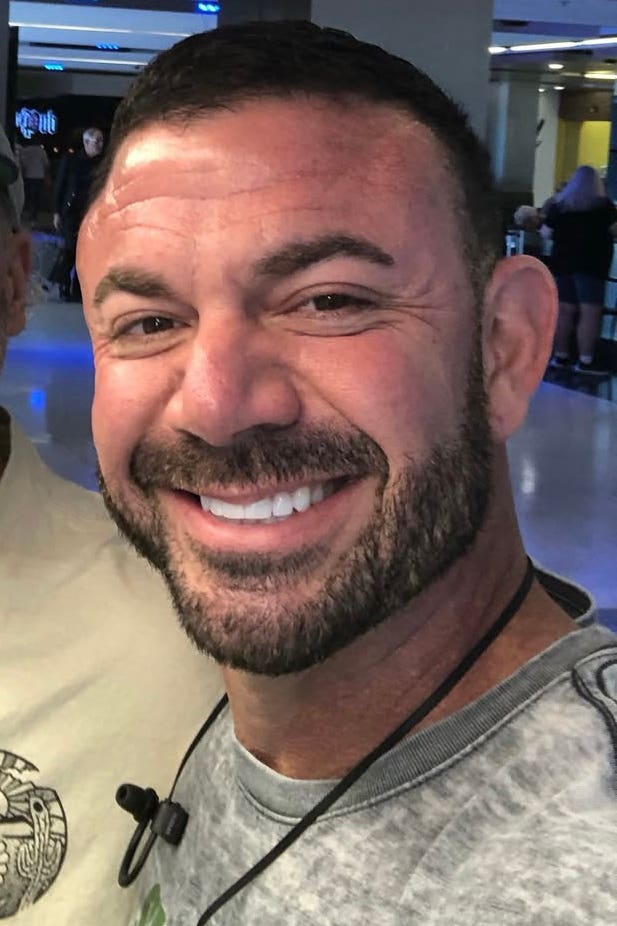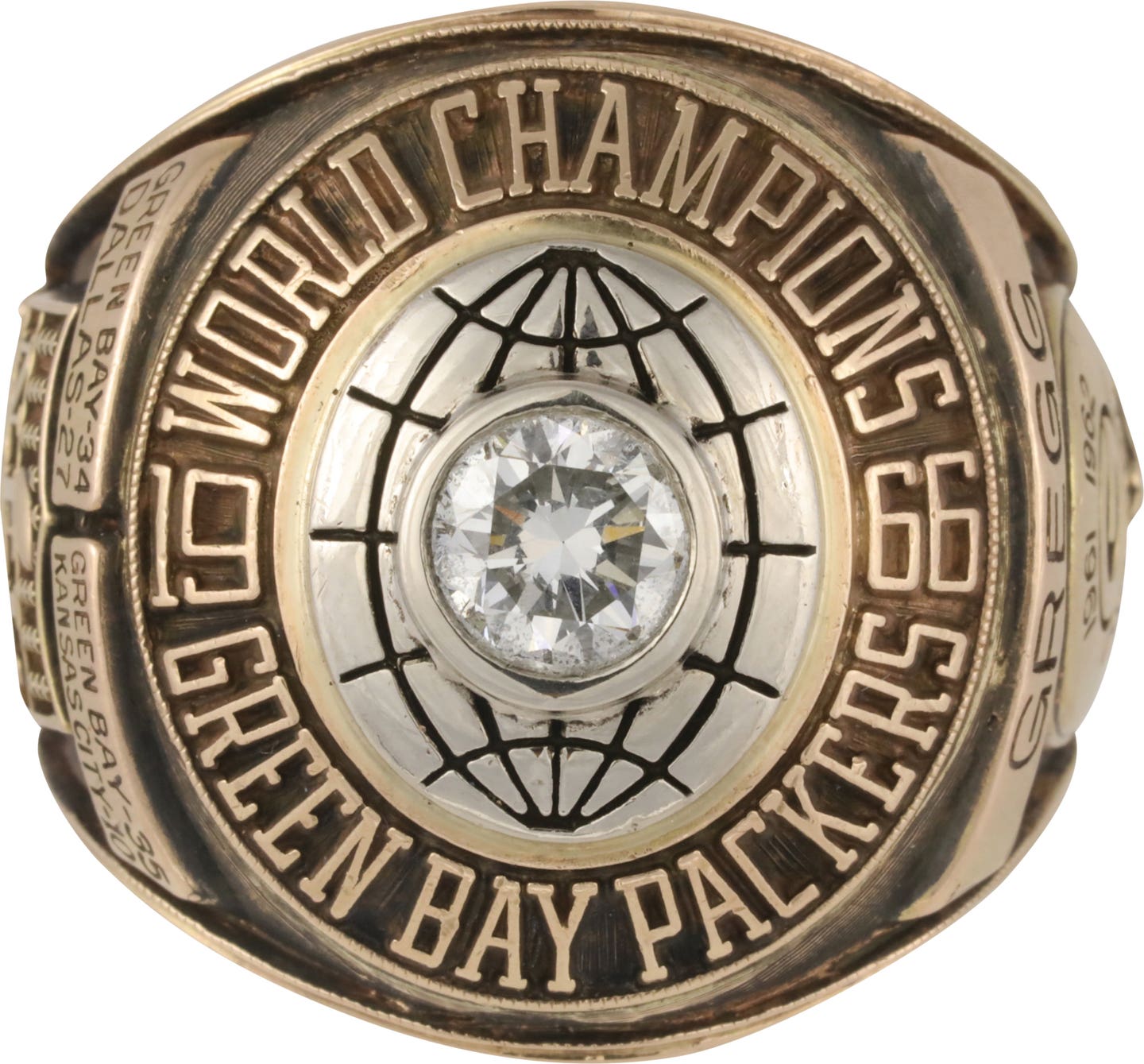Cards
With a love of baseball and the talent of an illustrator, Sinnott has created drawings of HOF players
By Paul Post
Joe Sinnott sat five rows behind Babe Ruth during Game 1 of the 1941 World Series between the Bronx Bombers and Brooklyn Dodgers at Yankee Stadium.
“It was the first time I was ever in New York City, the first time I was ever at a ballgame,” Sinnott said smiling. “When I walked into Yankee Stadium and saw that green grass, I couldn’t believe it. I was some baseball fan as a kid. I knew all the batting averages of all the other teams in the league.
“Babe came in with his camel hair hat on and overcoat and sat right next to Mayor La Guardia. I can remember collecting his baseball card. But I was too scared to go ask him for an autograph. I think about it to this day. Of course he would have given it to me. He signed everybody’s autograph.”
As fate would have it, Sinnott’s ties to the Yankees legend were far from over. He is a nationally-prominent comic book artist who still illustrates the weekly Amazing Spider-Man Sunday comic strip for King Features Syndicate. He began working for Marvel Comics 66 years ago and has also drawn many other superheroes such as the Fantastic Four, Thor and The Avengers.
But as a lifelong baseball fan, he has met and produced amazingly lifelike cartoon drawings of many of the game’s greatest players. Several are now part of the National Baseball Hall of Fame’s art collection in Cooperstown, including a picture Sinnott drew as a tribute to Negro Leagues star Josh Gibson, known as the “black Babe Ruth,” upon Gibson’s 1972 induction to the Hall.
The drawing shows Gibson, a mighty home run hitter, with Ruth looking down from behind, smiling with approval.
“That’s one of dad’s favorite drawings,” said Sinnott’s son, Mark, who accompanies his father to many upstate New York comic book shows.
They both live in Saugerties, New York, in the Mid-Hudson Valley, about two hours north of New York City.
“I’m wearing a Yankees cap, but my favorite team is the Giants,” Sinnott said with a grin.
As a young boy — he was born Oct. 16, 1926 — his favorite player was Yankees first baseman Lou Gehrig, “The Iron Horse.”
Kids back then would play schoolyard games with baseball cards, with hopes of winning them away from other kids. The most common way was to flip cards to the ground. The one whose card landed on top of the other player’s would collect them all.
“If I was down to two cards and it was Lou Gehrig and Babe Ruth I wouldn’t flip them unless I had to,” Sinnott said, recalling a childhood memory.
The cards are long gone, but his art portfolio includes dozens of pictures he’s drawn of Ruth and many other Hall of Famers.
In the 1960s, he illustrated Ruth’s life story for Treasure Chest Comics.
Quite often, Sinnott donates his time and talent for charitable and community events such as state and regional Babe Ruth Baseball Tournaments held in Saugerties. His drawings of Ruth were put on program and magazine covers along with t-shirts sold to raise money for these events.
On another occasion, he drew pictures for a benefit dinner to fight ALS (Amyotrophic Lateral Sclerosis), also known as “Lou Gehrig’s Disease.”
Although Sinnott liked Gehrig and the Yankees, the New York Giants were his favorite National League team. In October 1951, just shy of his 21st birthday, Sinnott had a difficult choice to make.
The Giants had just won the pennant on Bobby Thomson’s dramatic “Shot Heard ’Round the World” home run that capped off a three-game playoff series against the Brooklyn Dodgers. Their next foe, in the World Series, was the Yankees.
“I found myself rooting for the underdog, which was the Giants,” Sinnott said. “And I liked Monte Irvin. He stole home in the first game. That’s when I really changed over to being a Giants fan. Now every morning I turn on the TV to see how they made out.”
He also has a direct connection to the franchise.
His mother, Kitty, was a first cousin of Hall of Fame New York Giants Manager John McGraw. Sinnott’s grandfather and McGraw’s father were brothers.
“I never met him,” Sinnott said. “I was too young when he was managing. But I like to do cartoons of him.”
The Giants of Sinnott’s childhood, during the 1930s, featured the likes of Mel Ott, Carl Hubbell and Bill Terry, who are all Hall of Famers.
The 1951 season marked the start of another great era in franchise history when a rookie named Willie Mays came on the scene. Of course, the Giants left New York for San Francisco in 1957 and went on to have many other great seasons during the 1960s, even capturing the NL West flag in 1971 — Mays’ last full season with the team.
Another favorite picture Sinnott drew shows Mays, Willie McCovey and Juan Marichal together. It’s autographed by all three Hall of Famers.
“I became very good friends with Giants catcher Dick Dietz,” Sinnott said. “He caught Marichal. He said, with Marichal, if you put the glove here, he’d put the ball right in it. His control was unbelievable.”
Sinnott especially likes to commemorate baseball milestones with his artwork. He did one to honor Mays when he surpassed Ott to become the National League’s all-time home run king, in 1966.
Another pays homage to Pete Rose surpassing Ty Cobb as the all-time hits king.
“After Pete passed Ty Cobb they had a big show up in Albany, N.Y. and I told my son, Mark, ‘I’ve got to do a cartoon on him,’” Sinnott said. “My grandson was about 8 years old. The line must have been 100 people long getting autographs. When I finally got up to the front, my grandson had his camera around his neck. Pete stopped the line and said, ‘Hey little guy, would you like to take my picture?’
“So he had me and my grandson go around the back and we took a great picture with Pete. I always liked this cartoon, too. He signed it,” Sinnott said.
A Hall of Fame illustrator, Sinnott is both gracious and eager when it comes to autographing artwork for comic book fans. Even at 90, he shows no signs of slowing down. In October and November he participated in five Comic Cons.
“I like to make people happy,” he said, explaining his energy and enthusiasm. “To see a kid smile when you give him a print that you’ve signed to him. I love doing that.”
Sinnott’s career began 66 years ago when he started working at Marvel with legendary comic book writer Stan Lee, Spider-Man’s creator.
“Back then we didn’t do superheroes,” he said. “We did Westerns and war stories, horror stories; everything but superheroes. They came out in 1961, the Fantastic Four.”
Spider-Man first appeared a year later.
In 1992, Sinnott retired from comic books, to illustrate the Sunday Spider-Man comic strip for King Features. He still works with the 93-year-old Lee, who writes the script.
Sinnott’s son, Mark, explained how the process of creating a comic strip works.
“The writer gives the script to a letterer who draws the boxes, on a blank page, where each illustration will be placed,” he said. “The letterer also inks the word balloons in. From there, that page will go to the penciller, who will lay out in pencil the figures -- not in detail, but a rough sketch.”
Next comes Sinnott’s job, the illustrator -- also called an inker -- who finishes the project.
“He has the final say as to how the strip is going to look,” Mark Sinnott said. “He’ll add all the detail to it.”
The syndicated Spider-Man strip is in more than 800 newspapers nationwide.
In 1967 and 1968, Sinnott earned the Alley Award as the comics industry’s best inker. He received an Inkpot Award at the 1995 San Diego Con and two Inkwell Awards in 2008. Also, the Inkwells Hall Of Fame “Joe Sinnott Award” is named in his honor.
In 2013, he was elected into the Will Eisner Comic Hall of Fame.
James Fiorentino of New Jersey, a prominent artist in his own right, has done many outstanding paintings of famous athletes and entertainers. However, he looks up to Sinnott as a role model and superhero of his own.
“Joe is like family to me and is also a mentor for sure,” he said. “We talk about baseball and art all the time and I especially feel lucky to hear about the Golden Age of Illustration. We have traded artworks, too. For example, I’ll paint Bing Crosby in exchange for a Fantastic Four piece.”
“I treasure my trips up to see Joe and his studio,” Fiorentino said. “I hope I can be working and as great as Joe still is at 89. He’s an amazing artist and an American treasure in art!”
Paul Post is a freelance contributor to SCD and can be reached at paulpost@nycap.rr.com.




